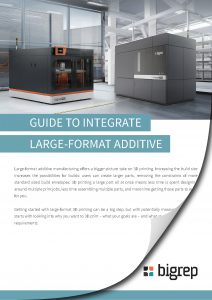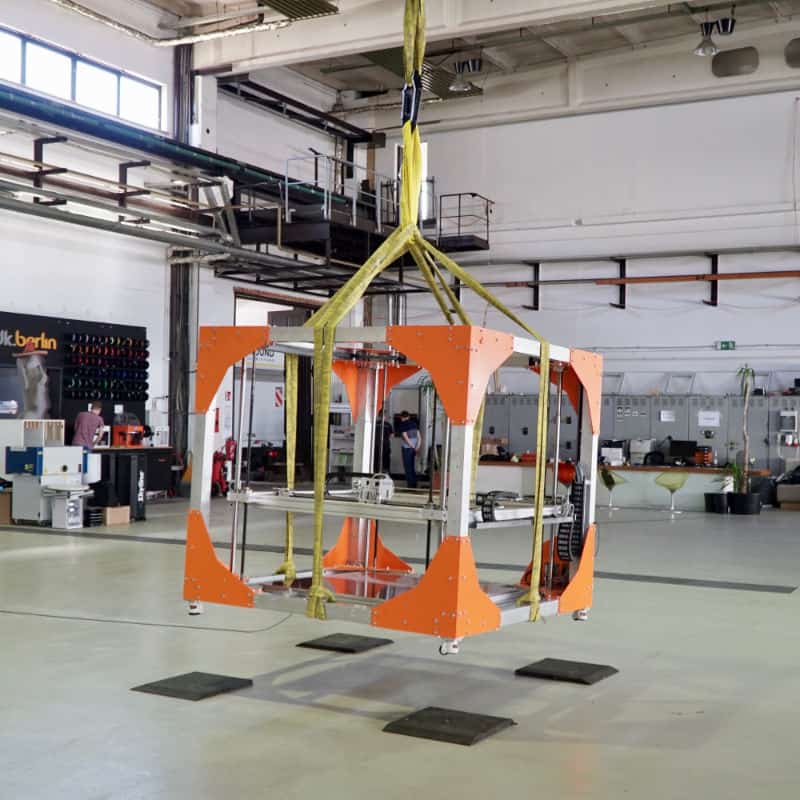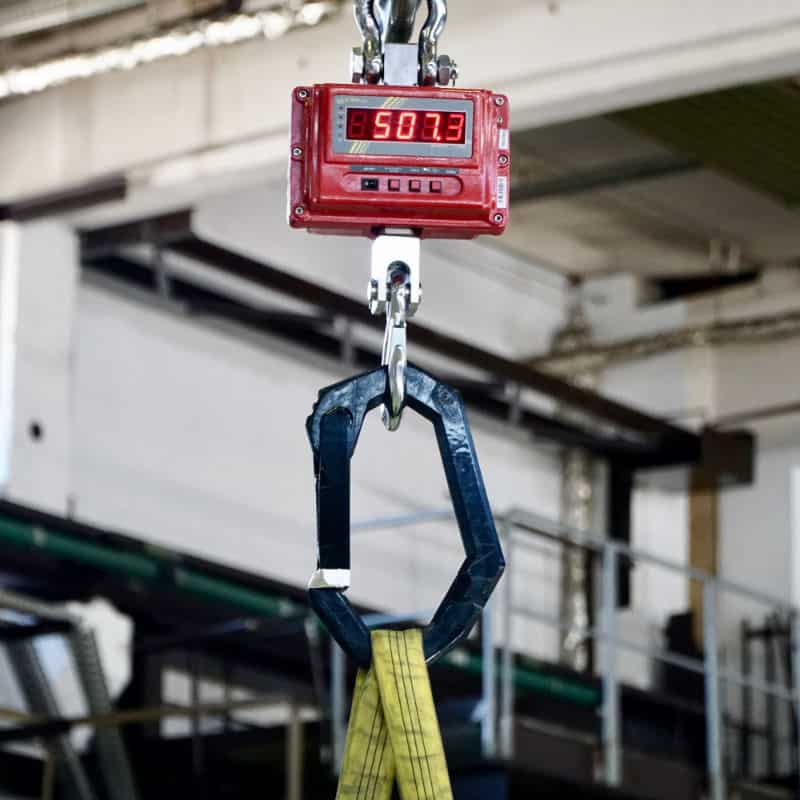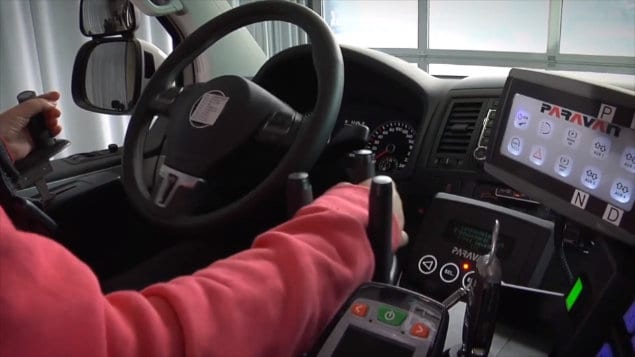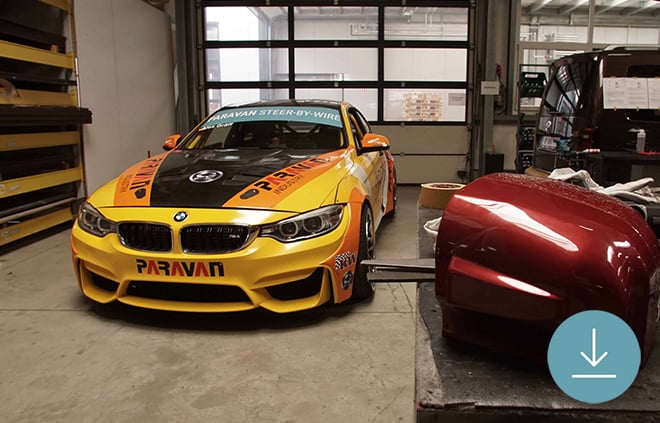BigRep is proud to present the BANYAN Eco Wall, the world’s first fully additively manufactured (AM) green wall with naturally integrated drainage and irrigation systems. The prototype features unprecedented innovations in design, functionality, technology and size, made possible with the BigRep ONE’s large-format additive printing process.
Designed at NOWLAB, BigRep’s innovation consultancy, by Mirek Claßen, Tobias Storz and Lindsay Lawson, the project features liquid channels that have been integrated into the manufacturing process. Similar vertical-farm structures have required channels to be manually embedded into the design in a complicated process after manufacturing with metal piping and a variety of other parts. The BANYAN, on the other hand, is 3D printed with internal channels included in the design. This allows for ultimate design freedom, as the eco wall’s structure doesn’t need to be planned around the available materials to create channels in post-production. These drainage systems are vital for the proper function of the integrated irrigation system, as excess water must be removed.
Irrigation systems, implemented to provide a controlled supply of water at requisite intervals, ensure the unique needs of plants and crops are met without the need for human intervention. Systems such as this inspire interior designers and architects developing a greener future – from home or workspace plant walls and green facades to vertical gardens and other forms of urban farming.
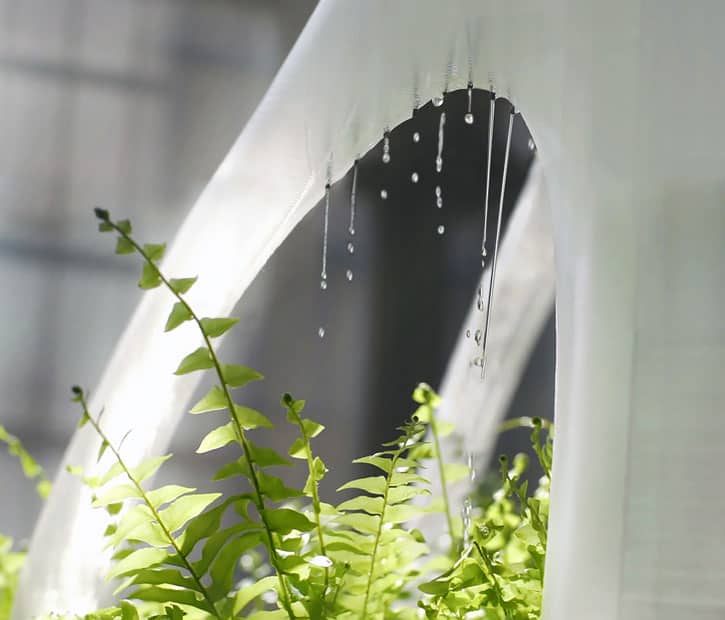
Inspired by the multipurpose properties of plants’ root, steam and leave systems, the design of the BANYAN Eco Wall takes advantage of biomimicry design to create a structure that simultaneously functions as a support structure and water supply system. Its bionic design, measuring 2000 x 2000 x 600 mm, goes beyond aesthetics to be structurally optimized with plant carriers that easily and organically snap into place. The small internal channels are designed for optimal water flow and feature an integrated “micro shower” mechanism to irrigate plants precisely where needed.
“Our BANYAN Eco Wall is adopting nature’s principle with a complex, smart, and elegant design only achievable with AM. Traditional technologies such as milling or injection molding cannot deliver this level of complexity and dual functionality,” explains BigRep CEO Stephan Beyer, PhD. “For the first time, thanks to AM and advanced CAD software, it is now possible to create complex functional designs within a fully digitized process chain.”
BigRep CIO and NOWLAB Managing Director Daniel Büning adds, “Generative design software was crucial in the creation of the BANYAN Eco Wall to optimize the structure for printability and stability while allowing a rapid iterative design process. This prototype will push the boundaries of AM not only in irrigated plant systems, such as in vertical farming and green facades, but for any application requiring embedded functionalities.”
Find out what large-format 3D printing can do for you
in our free Guide to Integrate Large-Format!
Read Now
The BANYAN ECO WALL at a glance:
Dimensions: 2000 x 2000 x 600 mm, made up of 4 segments
Materials: BigRep Berliner Weisse Pur PETG for overall structure; BigRep Black PRO HT for planters
Team: Daniel Büning, BigRep CIO and NOWLAB Co-Founder
Lead Designers – Mirek Claßen, Tobias Storz, Lindsay Lawson
Want to stay up to date on the latest BigRep news? Subscribe to our newsletter and be the first to know or request a demo.

